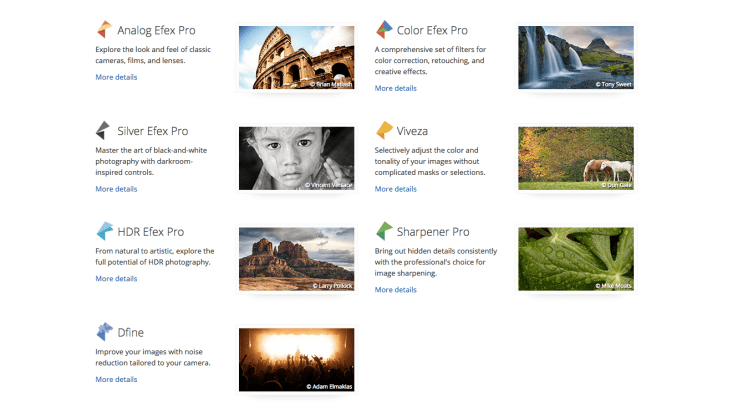Microsoft had to pull its fledgling chatbot, Tay, from Twitter on Thursday.
The reason: In less that 24 hours, the AI had been morally corrupted to
the point that it was freely responding to questions with religious,
sexist and ethnic slurs. It spouted White Supremacist slogans,
outlandish conspiracy theories and no small amount of praise for Hitler.
Microsoft released a statement
on how things went sideways so quickly, though that's done little to
lessen the outrage from internet users. But I would argue that this rage
is misplaced.
MyShake, available on Android, links users to become an all-in-one earthquake warning system; it records quake-type rumblings, ties a critical number of users to a location, and could eventually provide a countdown to the start of shaking.
Its inventors say the app, released by the University of California, Berkeley, could give early warning of a quake to populations without their own seismological instruments.
"MyShake cannot replace traditional seismic networks like those run by the US Geological Survey," said Richard Allen, leader of the app project and director of the Berkeley Seismological Laboratory.
Earthquake-prone countries in the developing world with poor ground-based seismic network or early warning systems include Nepal, Peru, Pakistan, Turkmenistan and Iran, he said.
The algorithm behind MyShake, developed by a handful of Silicon Valley programmers, relies on the same technology smartphone gamers depend on to sense the phone's orientation, known as the accelerometer, in order to measure movement caused by quakes.
What smartphones lack in sensitivity - they can only record earthquakes above magnitude 5 within 10 km - they make up for in ubiquity.
Currently, 300 smartphones equipped with MyShake within a 110km square area are enough to estimate a quake's location, magnitude and origin time.
There were some 3.4 billion smartphone subscriptions worldwide in 2015, according to the Ericsson Mobility Report, so the app's creators hope to build a seismic network covering the globe.
"We want to make this a killer app, where you put it on your phone and allow us to use your accelerometer, and we will deliver earthquake early warning," Allen said.
Sophisticated early-warning systems can warn of coming quakes as much as a few minutes before they begin, but cannot stop them causing death and destruction on a large scale.
Nepal is still rebuilding after two separate earthquakes in April and May 2015 that killed 9,000 people, injured more than 22,000 and damaged or destroyed nearly 900,000 houses. — Reuters















